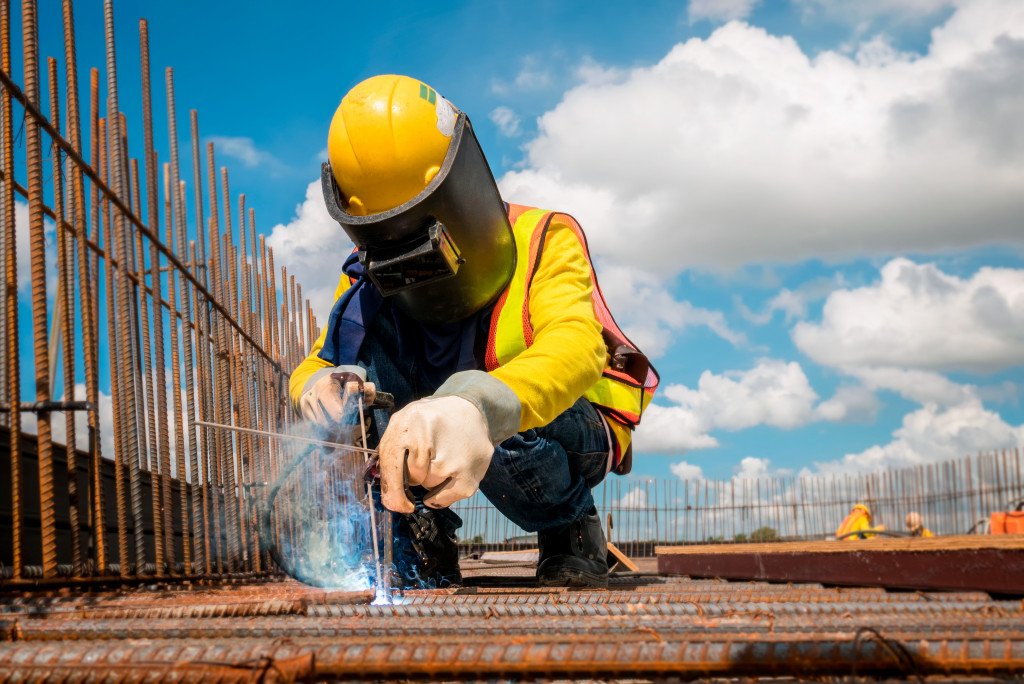The construction industry is no stranger to change. The industry has always been on the cutting edge of technology and innovation. From the advent of the steam engine to the introduction of steel-frame construction, the construction industry has always been at the forefront of progress. Today, construction is being transformed by digital technologies—which are shaping the industry’s future in a big way. Here are just a few examples of how digital technologies are improving construction.
3D Printing
One of the most exciting digital technologies to emerge in recent years is 3D printing. It was invented in 1986 by Charles Hull. Since then, this technology is already being used to create everything from medical implants to homes—and its potential applications in construction are vast.
With 3D printing, complex structures can be built quickly and cheaply without using traditional construction materials or methods. It does this by laying down layers of material—such as concrete or steel—to create the desired shape.
This technology can also improve the accuracy and efficiency of construction, as 3D printing allows for more precise measurements and less wastage of materials. It can even be used in remote locations where traditional construction methods may not be feasible.
When combined with recent digital modeling technologies such as CAD/CAM, 3D printing can completely revolutionize the construction industry.
Building Information Modeling (BIM)
Another digital technology that is changing the construction industry is Building Information Modeling, also known as BIM. This technology allows a digital representation of a building to be created and shared among all parties involved in the construction process—from architects to engineers to contractors.
BIM lets all parties collaborate and coordinate on a project in real time, improving communication and decision-making. It also allows for a more efficient construction process, as issues can be caught and resolved before they become problems on the actual construction site.
BIM also has implications for the post-construction phase. For example, the digital representation of the building created through BIM can serve as a database for its maintenance, allowing for easier management and upkeep in the future.

Virtual Reality
Virtual reality (VR) is another digital technology beginning to transform construction. VR headsets are being used to provide immersive tours of proposed construction projects, giving clients a realistic sense of what a finished project will look like. In addition, VR is being used in various ways:
Reducing Accidents
Untrained workers can lead to accidents on a construction site, but VR can train them in a safe virtual environment before they even step onto the site.
Improving Design
Architects and designers can also use VR to test designs and catch potential issues before construction begins.
Streamlining Processes
VR technology can streamline various construction tasks, from virtual meetings to simulating building processes for better planning and coordination.
Digital Hiring
The labor shortage is a problematic issue in the construction industry, but digital technology can help address this issue. Online platforms such as Construct-X allow easier hiring and communication among contractors, subcontractors, and laborers. This helps solve the labor shortage by connecting companies with skilled workers and streamlines the process for all parties involved. There are various ways digital hiring is happening in the construction industry. Here are some of those ways.
Industry-specific Tests
In the UK, construction workers need to have passed the CITB test. However, with an increasing amount of applicants, this can be time-consuming. However, nowadays, applicants can apply for the test online through an online CITB test booking form. This not only saves time for applicants but also helps contractors hire workers more efficiently. Making industry-specific tests more accessible by making them digital is a simple but effective way to make applicants more qualified for the jobs.
Online Portfolios
Another way digital technology is improving hiring in construction is by allowing workers to showcase their skills online through online portfolios and resumes. This will enable them to highlight their experience and abilities, making it easier for potential employers to find suitable candidates.
Mobile Connectivity
Digital technology has also improved communication and connectivity on construction sites through mobile devices. This enhances coordination among workers and allows for faster decision-making on the job.
These mobile tools and online hiring platforms are changing how the construction industry operates and addressing the labor shortage practically and efficiently.
Digital technologies are impacting every aspect of our lives—and construction is no exception. From 3D printing to virtual reality, these technologies are changing the way we build in a big way. As these technologies continue to evolve, we can only imagine the new and innovative ways they will be used in construction. So far, the impact has been nothing short of transformative—and there’s no telling what tomorrow will bring.












